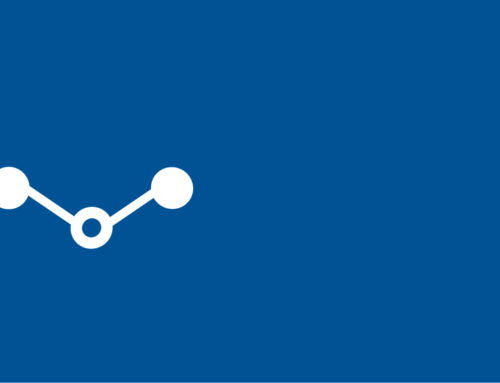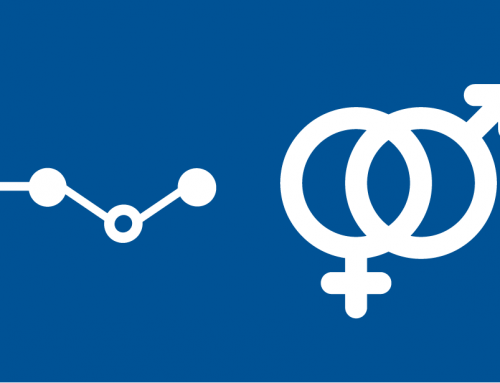False, or misleading, information was always present in history, with sometimes dire consequences. But the recent surge in online activity (particularly in social media platforms, such as Facebook or Twitter), allowing for very fast and global news spread, has led to a sequence of previously unimaginable events, including attempted interference in democratic processes and mob killings. These have led researchers, governmental and non-governmental organizations, and even the social network platforms, to make public calls for urgent action, referring to the current situation as a fake news epidemic. While many studies exist about the factors that make people susceptible to disinformation, they tend to study factors in a piecemeal fashion, measure sharing intentions instead of actual sharing behavior and to focus on either network or psychological features. In contrast, we aim to answer the following questions using people’s actual sharing of fake news on social media:
- What role(s) individual susceptibility factors (e.g., cognitive biases) play in fake news spreading?
- How do network features affect fake news spread?
- How do individual susceptibility factors and network features (e.g., biases and position on networks) build on each other to impact propagation?
- What monitoring and mitigation interventions are likely to be more efficient?
The goal is to produce a model that can better predict fake news spread, by understanding what factors drive it.
This project is funded by an ERC Starting Grant.
Team
- Paulo Almeida
- Íris Damião
- Pedro Duarte
- Cristina Mendonça
- Simone Lacker
- Lília Perfeito
- José Reis
- Rita Saraiva
Funding
This project has received funding from the European Research Council (ERC) under the European Union’s Horizon 2020 research and innovation programme (Grant Agreement 853566).




